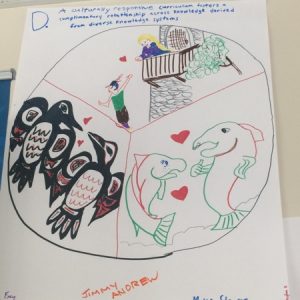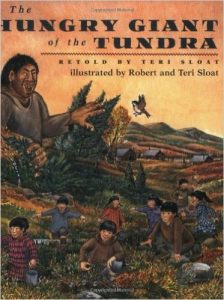“Heart of a Teacher” by Parker Palmer is an enthusing article. I don’t disagree with anything he wrote in this piece. His article basically encourages an individual to be him/herself while teaching. Becoming a good teacher requires countless hours of trying to find one’s self and finding different techniques to connect with different types of students. Like Palmer said, “knowing my students and my subject depends heavily on self-knowledge. When I do not know myself, I cannot know who my students are.” An individual definitely needs to be honest and create a safe space where they are able to trust anybody about their struggles. Palmer quoted that “not all spaces can be safe, not all relationships trustworthy, but we can surely develop more of them than we now have so that an increase of honesty and healing can happen within us and among us”. Teachers aren’t the supernatural people who are able to painlessly get up in front of the class and have a smooth talk. To become a great teacher, one must learn through trial and error just like all the other professions.
Heart of a Teacher and today’s class reminded of all the teachers I’ve had throughout my life. I’ve had many great teachers. But those who usually stand out for me are the ones that not only cared about me, but also made a difference in many of my classmates’ lives. My motivation to make a difference occurred with my 9th grade geography teacher. She was stern, but she deeply cared about everyone in the classroom. She was able to clearly present some numbers that were eye opening. Her tone was negative when she was doing her lecture, but the message she shared was the most encouraging for me. I’ve also had other teachers who were inspirational in different ways. Other teachers that come to mind are my 10th grade English teacher and 11th grade US history teacher. Their classes were tough, but they’re the classes that prepared their students for college. Most of my family members didn’t believe I was able to graduate from college, but my high school teachers did. My high school teachers informed that if I was working as hard as I am in their classes, I’d surely graduate from college. Whenever I thought about giving up, I’d remember my 9th grade teacher who asked us whether we are going to contribute to the dropout rate or graduate. I’d remember my history and English teachers who had faith in me. I still get inspired today whenever I’m having a tough time.

